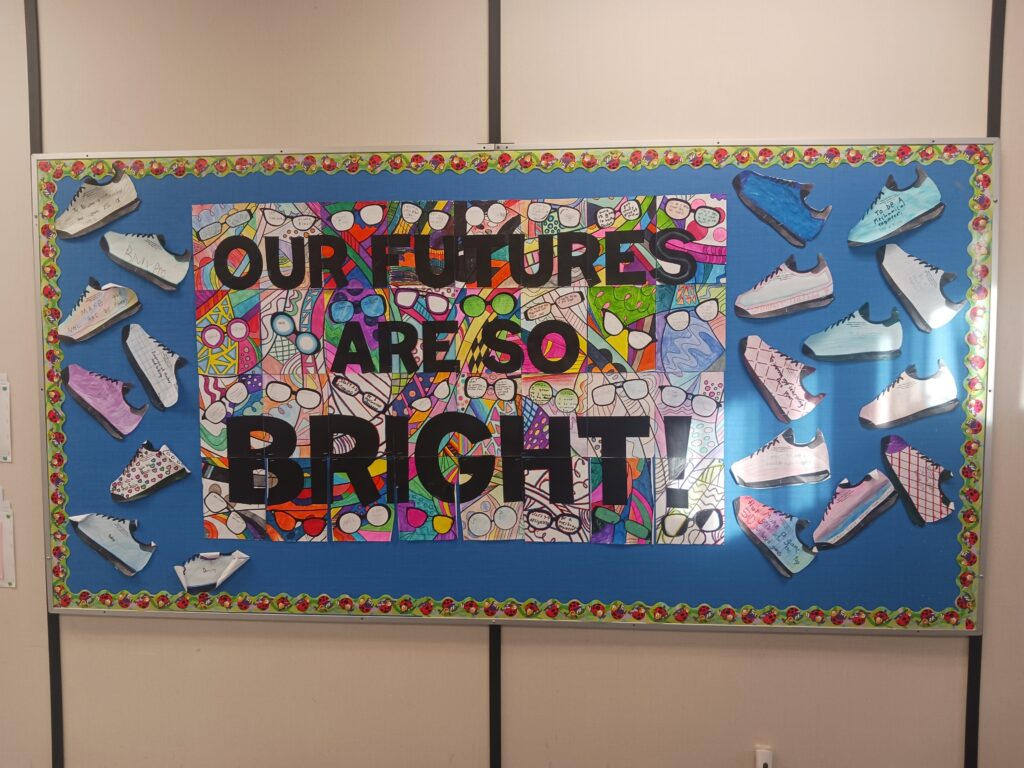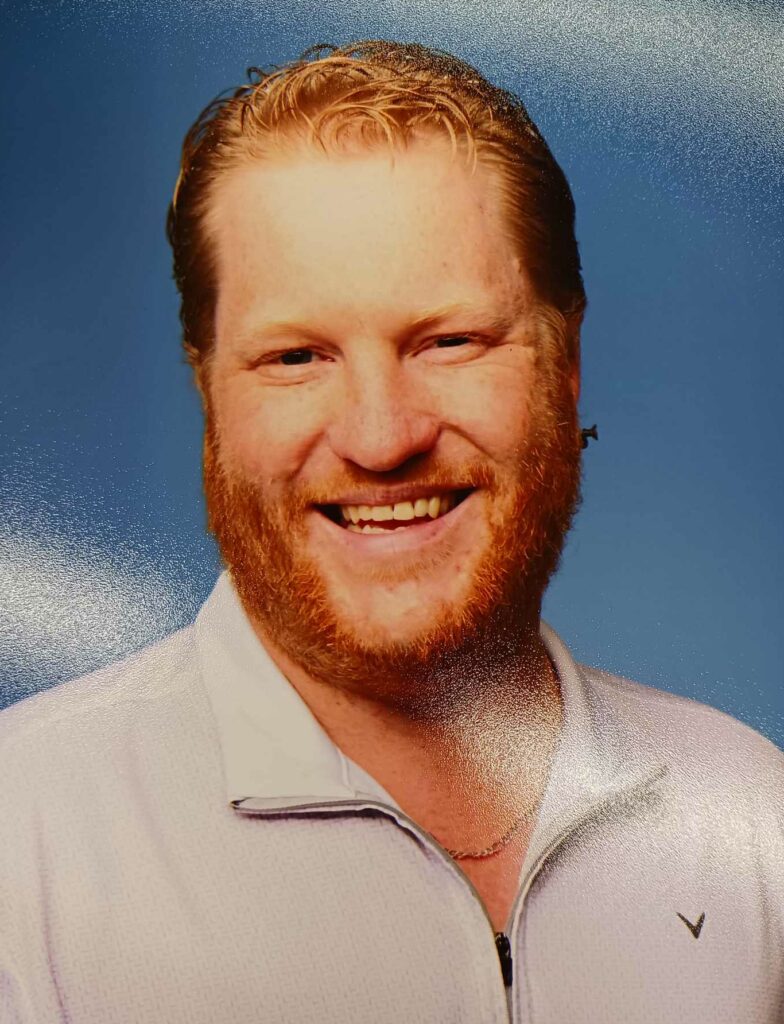
When I think about assessment, I like to think it has been made possible thanks to the newly developed curriculum. “In 2010, the province began a process to transform education in BC to better meet the needs of all learners. Transforming a system as complex as education takes time and to do it well involves extensive ongoing consultation, thorough research and exploration of possibilities, and detailed planning. Over the past two years, the province used a variety of processes to consult broadly and gather advice about the best direction to take. There have been formal and informal consultations with provincial partners, school district-hosted sessions with local stakeholders, provincial and regional conferences and meetings, conversations with international experts, and online dialogue. These consultations have been complemented by inquiries into wise practices in BC as well as the review of transformation plans from other parts of Canada and the world. In addition, in the fall of 2011, stakeholders were invited to respond to the directions and actions set out in the BC Education Plan

The new curriculum is based on the understanding that Aboriginal perspectives and knowledge are a part of the historical and contemporary foundation of BC and Canada. The integration of Aboriginal perspectives and knowledge in the curriculum serves as an important step to begin to address misunderstanding of Aboriginal cultures. With a more in-depth knowledge of Aboriginal people and their history, all students in British Columbia will have a foundation for developing mutual understanding and respect.” (Transform Assessment – BC’s new curriculum)

For myself, the new curriculum, allows me to freely choose topics for learning, within a vast range of possibilities. I would use formative assessment as a good way to reflect on my teaching, to see if what I was trying was working. Summative assessment is more dependant on each student to student. I learnt that summative was not so concrete. I could give students test during different times (silent reading for example), there where different outcomes. I really had to consider differentiation, test-taking anxiety, and be receptive to these things when I made my assessments. I tried to use triangulation when ever possible to make my conclusions. This would include conversation/observation, documentation/evidence: from there I would make my final assessments and adjust my teaching as much as necessary to help make my students more successful.

